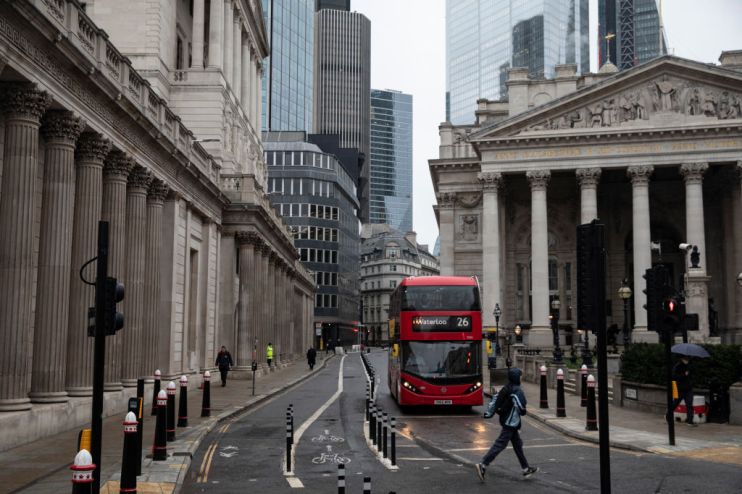London has lowest R rate in the UK

London’s R rate has dropped to the lowest in the UK, according to the latest official figures.
The rate of reproduction of the virus has dropped to a best estimate of 0.9 to 1.2, down from a range of 1.1 to 1.4 last week.
The figure means London currently has the lowest R rate in the country, and suggests the virus may be slowing across the capital.
“There are some initial indications that areas that have had higher prevalence levels and been under tougher restrictions for a longer period of time are experiencing a slight decline in the numbers of people infected,” , the Department of Health and Social Care said in a statement.
The average R rate for the whole of the UK currently stands at 1.2 to 1.3, meaning Covid could be growing between two and five per cent each day elsewhere in the country.
The southwest of England currently has the highest growth rate of coronavirus, with government figures suggesting infections could be increasing as much as seven per cent each day.
It comes after 22 out of 32 London boroughs reported a drop in cases yesterday, as the capital begins to feel the effects of strict lockdown measures.
Infections in the east London borough of Havering dropped more than a quarter in the week to 9 January, with Bromley, Kingston, Richmond, Sutton and Merton each seeing cases plunge more than a fifth.
But while a drop in the rate of infection ushers signs of easing across the capital, London’s capitals are still grappling with the effects of social mixing over the Christmas period.
Infections in the capital still make up more than a fifth of the UK total, with a further 9,804 recorded in the past 24 hours.
London mayor Sadiq Khan last week declared a “major incident”, warning that hospitals across the capital will soon become overwhelmed with Covid patients.
“The situation in London is now critical with the spread of the virus out of control,” Khan said in a statement.
A major incident is defined as being “beyond the scope of business-as-usual operations, and is likely to involve serious harm, damage, disruption or risk to human life or welfare, essential services, the environment or national security”.
Major incidents have previously been declared during the Grenfell Tower fire, London Bridge terror attack and Croydon tram crash in 2016.